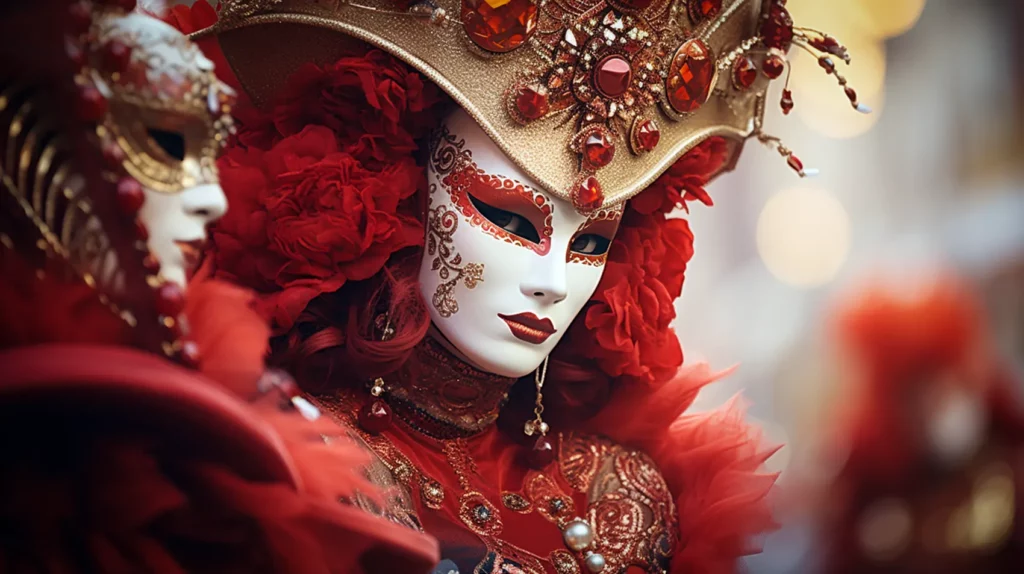The origins of the Venice Carnival trace back to the ancient Roman tradition of celebrating the onset of spring with feasting and revelry. However, it wasn’t until the Middle Ages that the Carnival in Venice began to take on its distinctive characteristics.
In the 11th century, the Carnival of Venice emerged as a public festival characterized by elaborate masks, sumptuous costumes, and extravagant parties. These celebrations provided an opportunity for people of all social classes to come together and indulge in merrymaking without the constraints of social norms.
The use of masks during the Carnival served several purposes. Firstly, it allowed people to conceal their identities and social status, enabling them to engage in activities that might otherwise be frowned upon. Additionally, masks provided a sense of anonymity, allowing individuals to express themselves more freely.

Throughout the centuries, the Venice Carnival evolved and flourished, becoming renowned for its opulent masquerade balls, intricate costumes, and lively street performances. The festivities reached their zenith during the 18th century, attracting visitors from across Europe who were eager to partake in the spectacle.
However, the Carnival of Venice faced periods of decline and suppression over the years. In the 18th century, the Venetian Republic sought to regulate the festivities, fearing that the excessive revelry was undermining social order. The Carnival was eventually banned by the Austrian government when Venice came under their control in the early 19th century.

It wasn’t until the late 20th century that the Carnival of Venice experienced a revival, with efforts made to restore and preserve its rich cultural heritage. Today, the Carnival continues to captivate audiences with its enchanting atmosphere, vibrant parades, and elaborate masquerade balls, reaffirming its status as one of the world’s most iconic celebrations.
